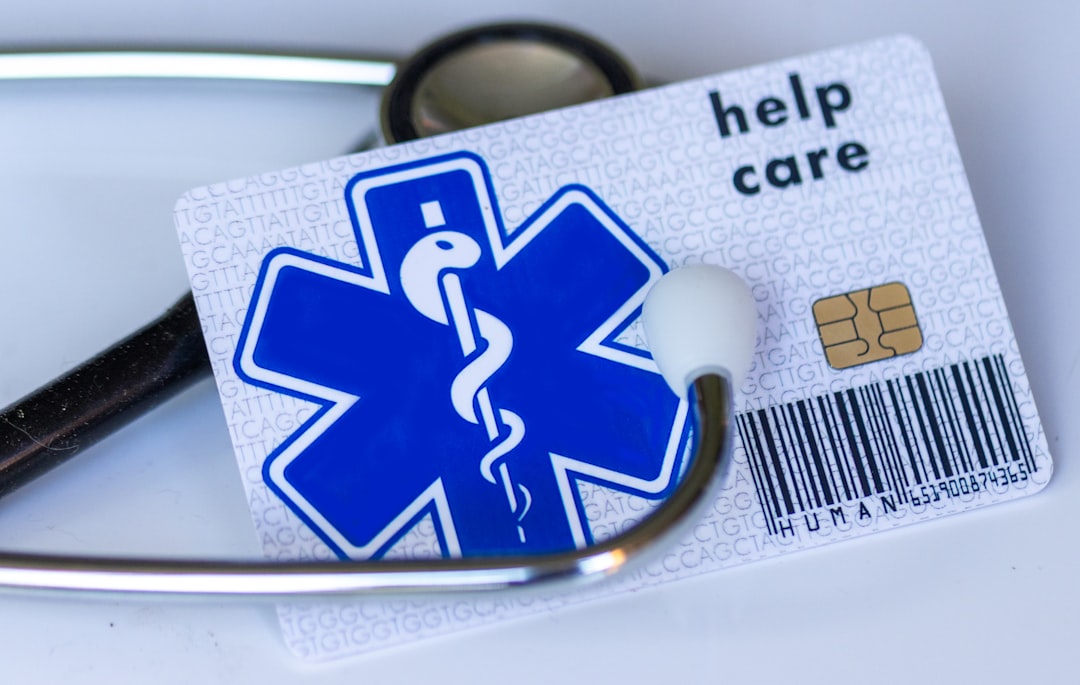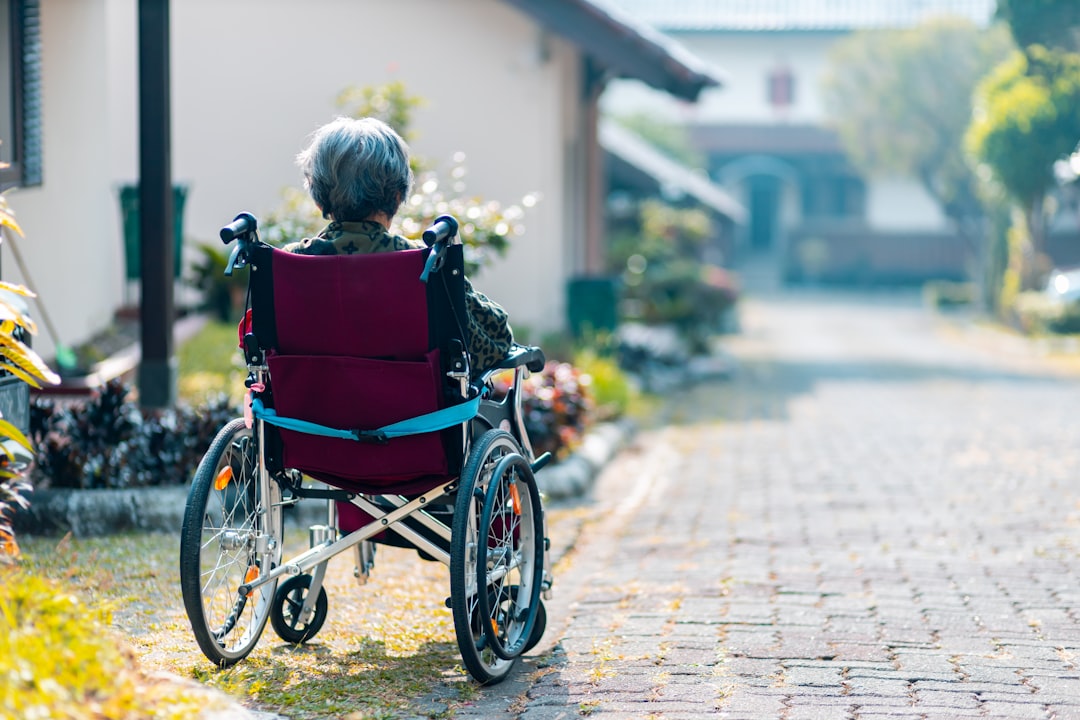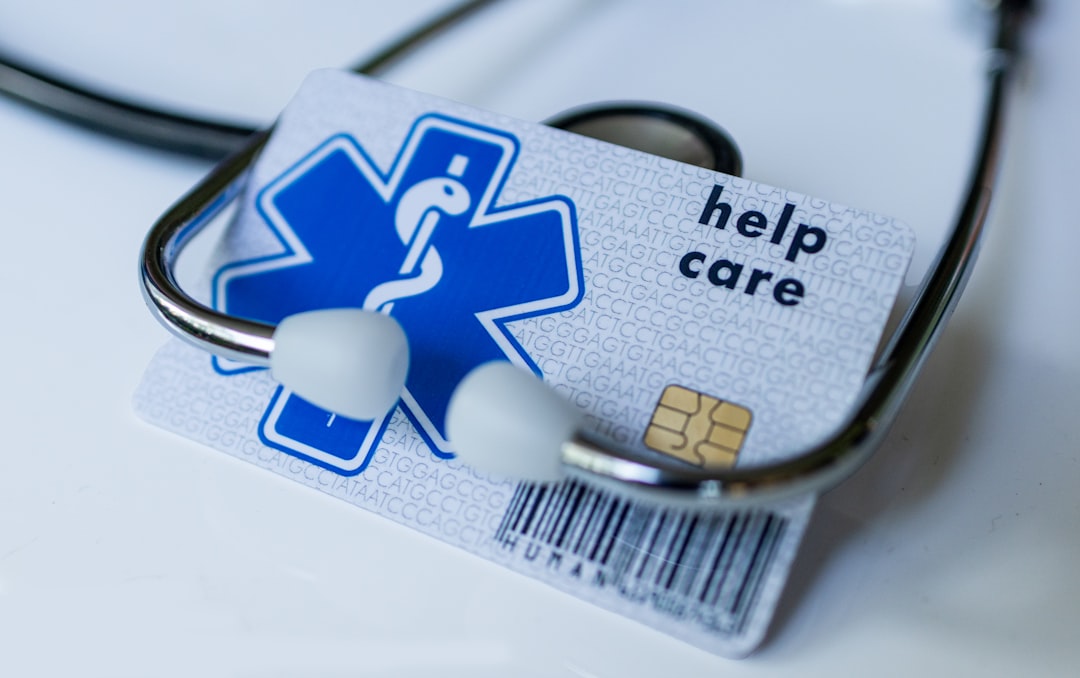

Engage prospects with a scan and streamline customer engagement with FREE QR code marketing tools by Sona – no strings attached!
Create a Free QR CodeFree consultation

No commitment

Engage prospects with a scan and streamline customer engagement with FREE QR code marketing tools by Sona – no strings attached!
Create a Free QR CodeFree consultation

No commitment
The demand for respite care services is growing as more families look for flexible, reliable support for seniors and individuals with disabilities. Yet access is often blocked by friction at the very first touchpoint. Paper forms get misplaced, long phone trees drain caregiver energy, and callbacks arrive too late. Even highly motivated families drop off silently, leading to lost opportunities for care and avoidable stress.
Another challenge is the lack of visibility into early interest signals. A caregiver might pick up a brochure at a clinic or pause at a flyer on a community board, but with no clear path to respond, their intent remains anonymous. Providers then lack the data needed to segment outreach by need or urgency, and families miss fast paths to services that could help immediately.
QR codes in marketing provide a simple, powerful bridge between offline materials and online action. With a quick scan, caregivers can complete eligibility checks, view real-time availability, and book respite in minutes. Providers benefit as scans are trackable, destinations are updatable, and every interaction can sync to a CRM for timely follow-up. The result is a more responsive, measurable intake journey that meets families where they are and converts intent into care.

Missed connections are common in respite care. Families that are ready to act lose momentum when they encounter multi-step or paper-based sign-ups. Providers struggle to follow up with people who look but never inquire. QR codes resolve both issues by turning any flyer, poster, or handout into a direct path to scheduling. A scan can open a booking page that shows availability, matches services to needs, and confirms appointments in real time.
To make instant booking work, map common analog processes to digital outcomes. Replace printed referral forms with a scan-to-intake flow that pre-fills known fields, or swap a voicemail-only line for a scan-to-schedule experience with time slots. Give families control over their intake experience with a moments-based approach. For example, QR codes on event signage can offer priority scheduling, while QR codes in discharge packets can open a triage assessment that routes eligible clients to the fastest-fit option.
When implemented well, QR codes do more than simplify intake. They help providers manage capacity, prioritize urgent cases, and identify which outreach channels create the strongest pipeline. Platforms like Sona QR support this transformation from generating dynamic, branded codes to routing scans by placement, tracking conversions, and syncing data to systems like Salesforce, HubSpot, or Athena.

Respite care programs depend on timely engagement. See senior care QR ideas. Caregivers often search for help after a fall, during a hospitalization, or at a stressful transition point. Traditional marketing and intake workflows are not built for these moments. A brochure without a digital bridge expects a caregiver to remember a URL or phone number later. A phone-only intake desk can be closed on weekends when families finally have time to plan. QR codes remove that gap between intent and action by making every print asset actionable on the spot.
The advantage goes beyond convenience. With dynamic codes, you can change destinations without reprinting, so a poster can link to open slots this week or to a community funding update next month. Scan analytics reveal which context produces higher intent. For example, a code in a hospital discharge packet might see shorter time-to-booking than the same code on a senior center poster. Care teams can use this information to adjust content and placement, while marketing can tie spend to measurable outcomes like scheduled assessments or completed bookings. See Sona QR’s healthcare guide.
For respite care, the practical payoff is immediate. Imagine adding a QR code to a social worker’s handout that reads Scan to Book a Relief Visit This Week. That one change shortens the time from initial interest to booked appointment and reduces the administrative lift required to capture the lead, qualify the need, and assign the right service.
Respite care teams should match QR code formats to the action they want families or referrers to take. A one-size-fits-all code that drops people on a homepage wastes intent. Instead, choose a format that fits the moment and the user.
In respite care, the most valuable formats are web links to scheduling and eligibility flows, SMS triggers for caregivers who want human help, and vCards for referral partners. Pair each format with a clear, benefit-driven call to action so caregivers know exactly what will happen when they scan.

Growth often hides in the cracks between offline and online engagement. Many respite care providers still distribute beautiful brochures like these flyer templates and compassionate discharge folders, but they stop short of giving families a single tap to act. Identify the physical environments where intent peaks and insert a QR-powered bridge that shortens the path to service.
Hospitals and clinics are prime placements. A code on an inpatient discharge checklist can route to a same-week respite booking flow, while a code on a physical therapy handout can summarize short-stay options and insurance guidance. Community spaces also matter. Posters in senior centers, bulletins in faith institutions, and flyers at caregiver support groups capture attention at moments of reflection and need.
By assigning unique codes to these placements, you can estimate the relative value of each channel and optimize your outreach. A centralized platform like Sona QR makes it easy to manage dozens of codes, swap destinations as capacity changes, and compare performance by location, creative, and audience.

These use cases convert everyday materials into measurable engagement. Each scan captures context such as placement, time, and device. Combine that data with outcomes like completed bookings or feedback scores to refine messaging, improve service design, and prioritize limited outreach resources.
Every scan is a signal. It reflects where a caregiver was, what message they saw, and what action they considered. By deploying unique QR codes across touchpoints, you can automatically build audience segments that mirror real-world behavior. This elevates follow-up beyond generic newsletters and into supportive, timely guidance.
Start by mapping your journey stages. Awareness scans may come from community posters or ads, consideration scans from clinic brochures that explain specific respite models, and conversion scans from scheduling pages linked in discharge packets. Each context implies urgency and intent. Tag scans accordingly and sync them to your CRM so that follow-up sequences, sales alerts, or ad audiences align with what the caregiver needs next. See intent-driven retargeting.
This approach ensures that even anonymous early interest becomes visible and actionable. You will engage families with the right message at the right time, while your team focuses on the highest-converting segments.
QR codes function as connective tissue across offline and digital experiences. When every channel points to a coordinated set of landing pages and workflows, caregivers move from awareness to action with fewer obstacles. You also gain a more complete data picture than website analytics alone can provide. See offline attribution.
In respite care, common channels include brochures in clinical settings, discharge folders, caregiver support group materials, and local advertising. Add QR codes to each, then route scans to purpose-built destinations. For example, a clinic brochure might point to a brief explainer with a Scan to Book Same-Week Care button, while a faith community poster might lead to a friendly eligibility quiz. Use Sona QR to manage all codes centrally, monitor performance by channel, and push scan data into your CRM.
When QR codes serve as the offline onramp to your digital platform, you can attribute engagement to specific environments, messages, and materials. Centralized management with Sona QR ensures consistency in design and tracking across campaigns, while integrations with Sona.com allow you to tie scan activity to downstream outcomes such as booked visits, repeat usage, or referrals.
A strong QR rollout blends thoughtful strategy with practical execution. Treat each code as a miniature campaign: a clear purpose, a dedicated destination, and a measurable outcome. The following steps will help your team launch quickly and learn fast.
Start with the highest-friction touchpoint. Decide whether you are streamlining post-discharge referrals, capturing interest at community events, or collecting post-visit feedback to improve retention. Clarify the business outcome and how you will measure success. See respite marketing guide.
Choose dynamic QR codes for most campaigns. They enable tracking, destination updates, and A and B testing without reprinting. Use static codes only for evergreen items like a vCard for your main referral contact.
Design impacts scan rates. Make the code large enough to scan easily, frame it with brand colors, and pair it with a specific, benefit-driven call to action. Then test in real environments to prevent lost opportunities.
Place codes where caregivers already are. Prioritize environments that correlate with high intent, then expand to broader awareness placements. Use unique codes per location and asset to support attribution.
Launch with analytics built in. Monitor scan volume, conversion rates, and drop-off points. Use real-time insights to adjust messaging, placement, or landing pages. Sync data to your CRM to trigger timely follow-ups.
A disciplined checklist keeps teams aligned and campaigns nimble. Document your experiments and share wins internally so QR becomes a standard operating tool, not a one-off tactic.

Attribution is a common pain point in respite care. Providers invest in brochures, sponsorships, and events, yet often cannot tie those investments to booked visits or caregiver satisfaction. QR analytics help bridge that gap by turning every print asset into a measurable touchpoint.
With a platform like Sona QR, each code can capture time, device, location, and campaign source. Over time you can see which placements consistently drive higher-intent actions. Pair this with Sona.com to map scans to downstream activities, such as completed eligibility checks, scheduled assessments, and confirmed bookings. This creates a thread from first scan to revenue, allowing teams to justify spend, improve messaging, and prioritize programs.
This level of visibility elevates QR codes from convenience to strategy. You will know not just who scanned, but what they did next and how that influenced their journey to care.
Successful QR programs rely on clarity, context, and follow-through. The more each code aligns with the caregiver’s moment and need, the higher the engagement and conversion. Pair that with automation so that no signal goes to waste.
Consider a practical example. A thank-you card handed to caregivers after a respite visit includes a QR code labeled Scan to Share Feedback and See New Support Options. The scan opens a short survey and offers links to caregiver training sessions and recurring respite packages. Responses feed into your CRM, where positive ratings trigger a referral prompt and neutral ratings trigger a service recovery workflow. In one step, you improve experience, retention, and referrals.
QR codes are more than a modern convenience. For respite care providers, they are a strategic way to connect offline moments of need with online paths to action. When every flyer, discharge folder, or event touch includes a clear, scannable bridge, no high-intent caregiver is left invisible. Families move faster from uncertainty to scheduled support, and teams gain the data needed to focus resources where they will have the greatest impact.
By combining dynamic QR codes, thoughtful placements, and integrated analytics, providers can turn interest into bookings with measurable efficiency. Platforms like Sona QR and Sona.com make it simple to generate and manage codes at scale, track performance across channels, sync engagement to your CRM, and attribute bookings to the materials that inspired action. Start by identifying your biggest bottlenecks, place a QR bridge at each, and refine continuously. Start creating QR codes for free: https://www.sqr.me/register
QR codes have transformed respite care services from traditional scheduling hurdles into seamless, instant booking opportunities. Whether it’s attracting new clients, enhancing the booking experience, or streamlining appointment management, QR codes replace cumbersome phone calls and paperwork with quick, mobile-friendly actions that capture real-time engagement and simplify access to much-needed care.
Imagine clients effortlessly booking respite care whenever and wherever they need it—no delays, no confusion, just instant confirmation. With Sona QR, you can create dynamic, trackable QR codes in seconds, update booking links without reprinting materials, and connect every scan to actionable insights that boost client acquisition and retention. No missed bookings, no lost opportunities—just smarter, more efficient service delivery.
Start for free with Sona QR today and turn every scan into a confirmed respite care appointment.
Respite care services include short-term relief visits, condition-specific support such as dementia respite, post-surgery support, and scheduled rotations that provide flexible, reliable care for seniors and individuals with disabilities.
Respite care services reduce caregiver stress by offering flexible support, enable timely relief during stressful transitions, and improve care receiver well-being through consistent, reliable care.
Respite care services can be found through hospitals, clinics, community centers, pharmacies, and caregiver support groups, often accessible immediately via QR codes on printed materials that link to real-time scheduling and eligibility checks.
Costs vary by service and availability; QR codes on marketing materials often link to funding resource hubs and eligibility quizzes to help families understand and access financial support.
Choose providers that offer clear, benefit-driven access points like instant booking, eligibility checks, and responsive follow-up, often facilitated by QR code-enabled intake flows that match care options to your specific needs and urgency.
QR codes bridge offline materials to online actions by enabling caregivers to scan and instantly check eligibility, view real-time availability, and book respite care appointments quickly without waiting or navigating complex phone systems.
Common placements include hospital discharge packets, clinic posters, community center brochures, caregiver support group materials, pharmacies, durable medical equipment stores, community events, direct mail, and digital signage.
Providers track scan data by location, time, and campaign source to measure which materials drive bookings, optimize messaging and placement, and prioritize outreach based on caregiver intent and engagement patterns.
Dynamic web link codes for scheduling and eligibility, vCards for easy contact sharing, SMS or email triggers for personalized follow-up, and static codes for evergreen referral contacts are most effective.
Define a clear use case and measurable goals, choose dynamic codes with UTM tracking, design with clear calls to action, test scannability, deploy in high-intent locations, and monitor analytics to optimize performance.
Yes, QR codes on thank-you cards and discharge materials can invite quick feedback, link to additional support resources, and integrate responses into CRM systems for timely follow-up and service improvement.
By replacing paper forms and phone calls with scan-to-book and scan-to-eligibility flows, QR codes streamline intake, reduce lost leads, and enable families to act immediately when interest is highest.
CRM integration allows providers to sync scan data for personalized follow-up, segment audiences by need and urgency, automate reminders, and attribute bookings to specific marketing efforts.
Providers assign unique QR codes to materials focused on conditions like dementia or post-surgery support, enabling tailored education, eligibility screening, and booking flows that match caregiver urgency and context.
Yes, QR codes are inexpensive to create and scale across multiple touchpoints, extending the usefulness of printed materials and allowing rapid updates without reprinting.
Use Sona QR's trackable codes to improve customer acquisition and engagement today.
Create Your FREE Trackable QR Code in SecondsJoin results-focused teams combining Sona Platform automation with advanced Google Ads strategies to scale lead generation

Connect your existing CRM

Free Account Enrichment

No setup fees
No commitment required

Free consultation

Get a custom Google Ads roadmap for your business






Launch campaigns that generate qualified leads in 30 days or less.
